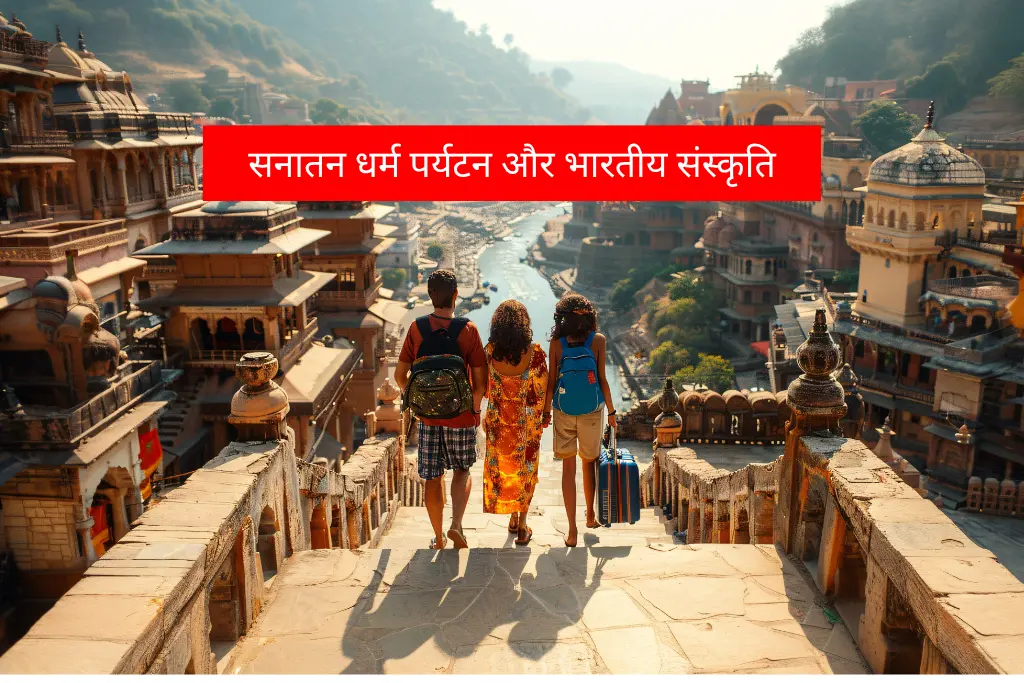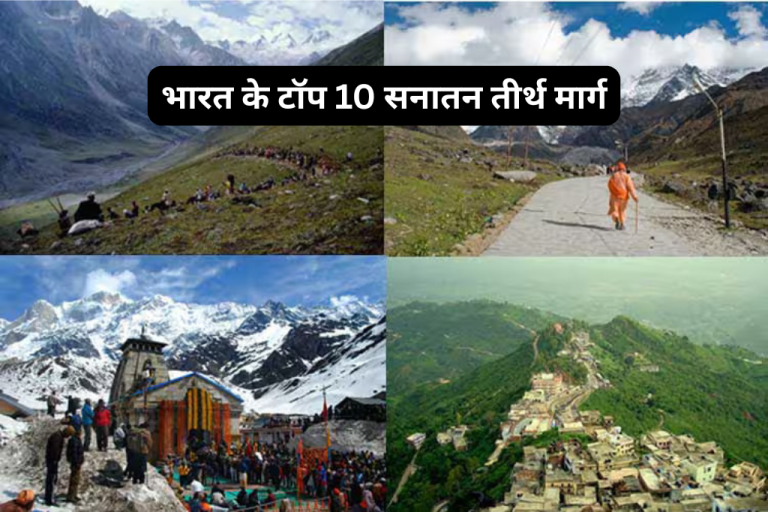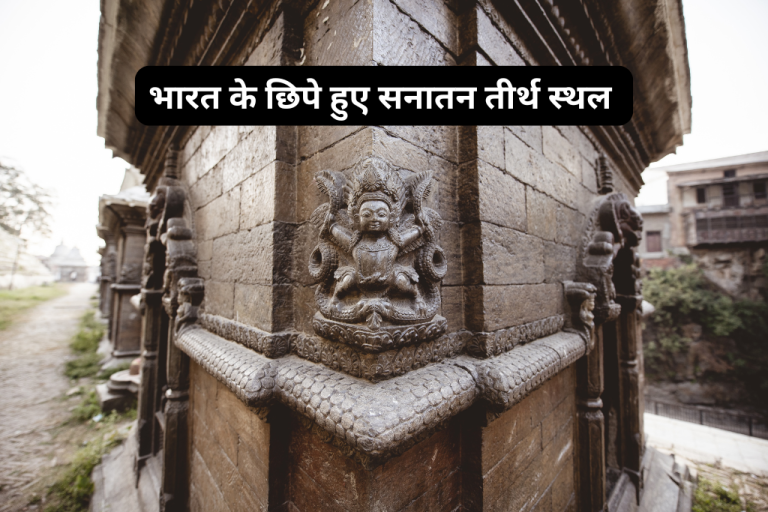
October 10, 2025
Sanatan Dharma and Tourism: Why India is a Spiritual Hub? | सनातन धर्म और पर्यटन: भारत आध्यात्मिक केंद्र क्यों है?
Introduction | परिचय
India, the land of Sanatan Dharma (सनातन धर्म), is not just known for its culture and diversity — it is known as the spiritual capital of the world. भारत वह देश है जहाँ आध्यात्मिकता जीवन का अभिन्न हिस्सा है। From the Himalayas to Kanyakumari, every region holds divine stories, temples, and traditions that attract millions of devotees and tourists every year. This spiritual connection between Sanatan Dharma and tourism makes India the perfect destination for seekers of peace, faith, and enlightenment.Importance of Sanatan Dharma in Indian Tourism | भारतीय पर्यटन में सनातन धर्म का महत्व
Sanatan Dharma is not merely a religion — it’s a way of life. It teaches humanity, discipline, meditation, and devotion. सनातन धर्म ने भारत की संस्कृति, वास्तुकला, और जीवन शैली को आकार दिया है। यही कारण है कि आज भारतीय पर्यटन में आध्यात्मिक यात्रा (Spiritual Tourism) का बहुत महत्व है। Pilgrimage tourism (तीर्थ पर्यटन) जैसे Char Dham Yatra, Kumbh Mela, Varanasi Darshan, और Rameshwaram Visit न केवल धार्मिक भावना से जुड़ा है, बल्कि देश की अर्थव्यवस्था को भी सशक्त बनाता है।Major Hindu Pilgrimage Destinations in India | भारत के प्रमुख हिन्दू तीर्थ स्थल
- Varanasi (काशी) – The city of Lord Shiva and one of the world’s oldest living cities.
- Rishikesh and Haridwar – Known as the Gateway to the Gods, perfect for spiritual yoga and meditation.
- Ayodhya – The birthplace of Lord Rama, now a major Sanatan Dharma tourism center.
- Tirupati Balaji, Andhra Pradesh – One of the richest and most visited temples in the world.
- Jagannath Puri, Odisha – Famous for the Rath Yatra, symbol of devotion and unity.
- Dwarka, Gujarat – The kingdom of Lord Krishna, part of the Char Dham circuit.
- Rameshwaram, Tamil Nadu – Sacred place connected with Lord Rama’s Ram Setu.











